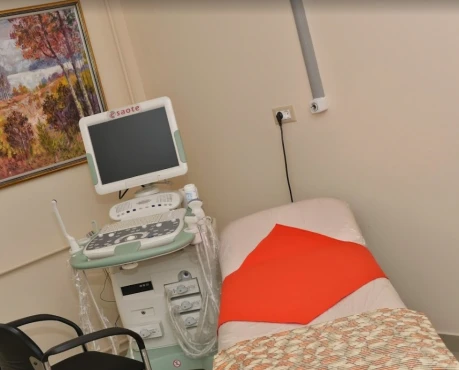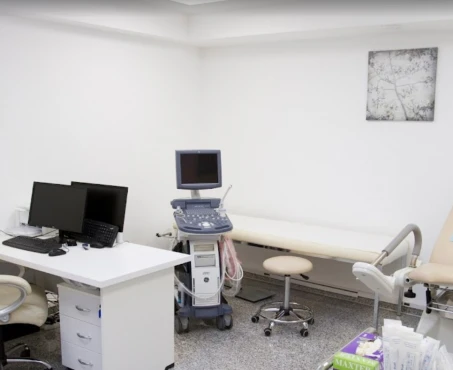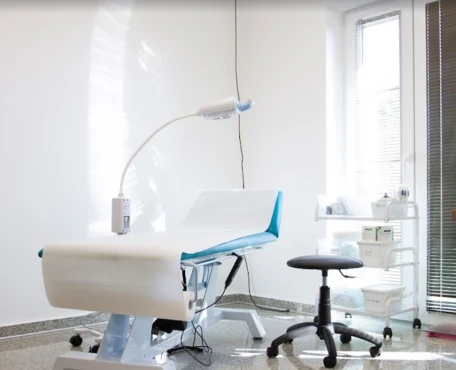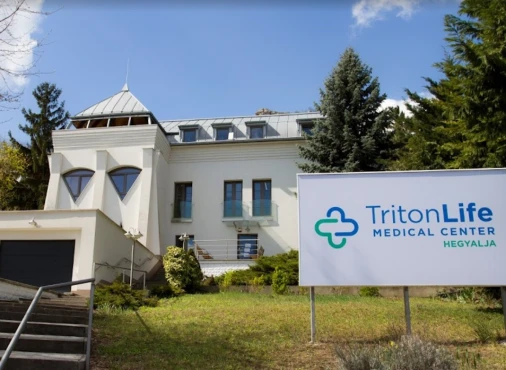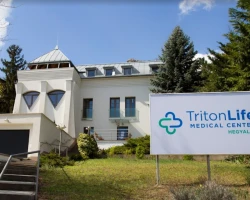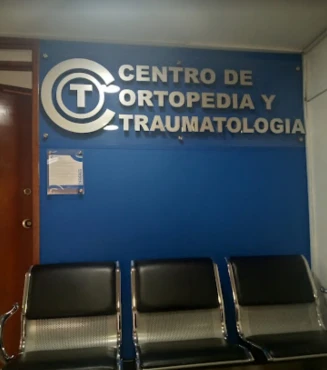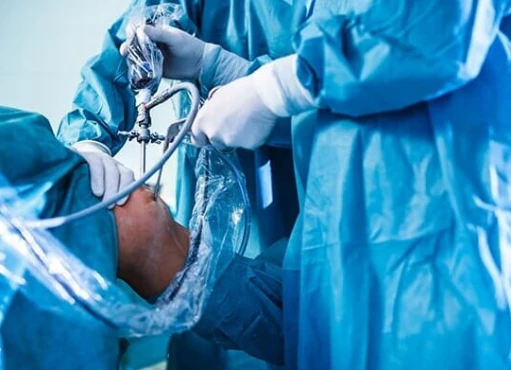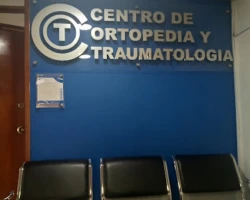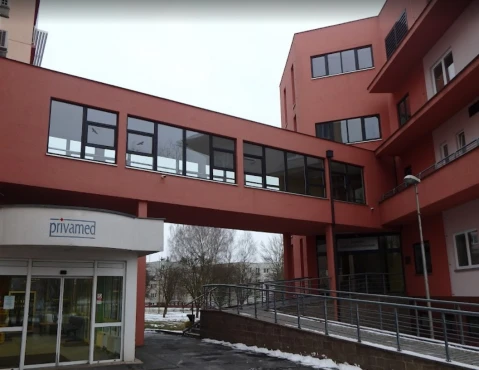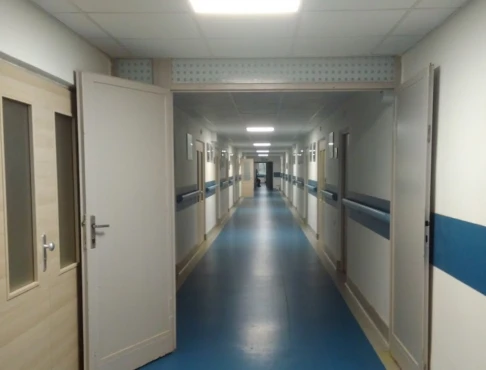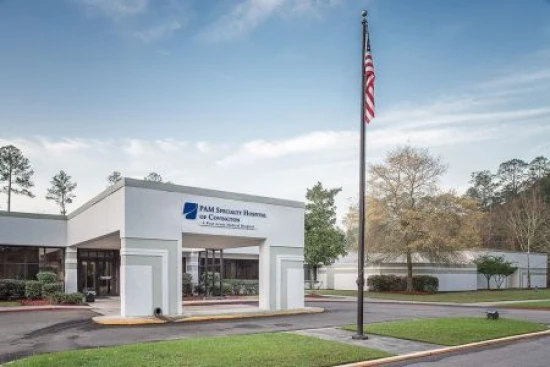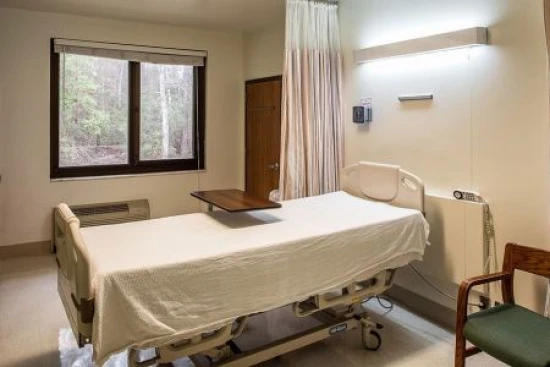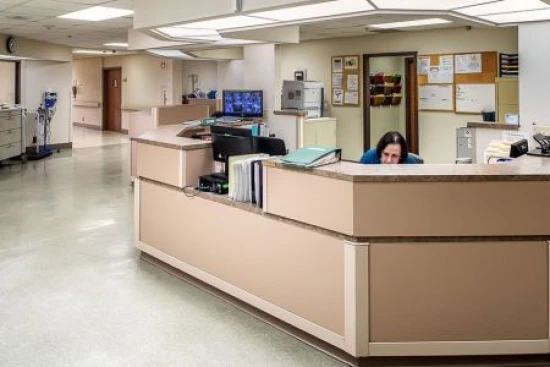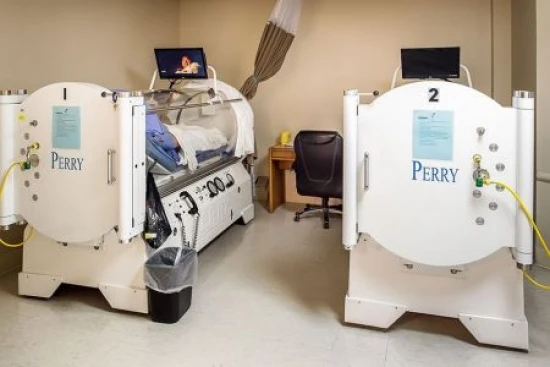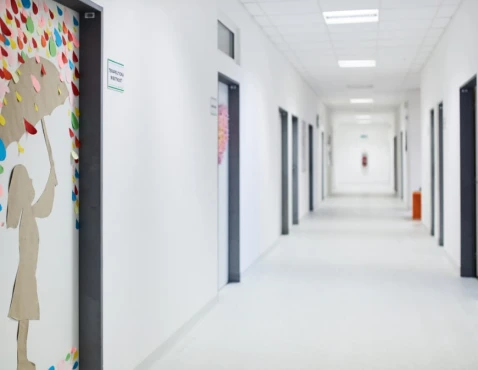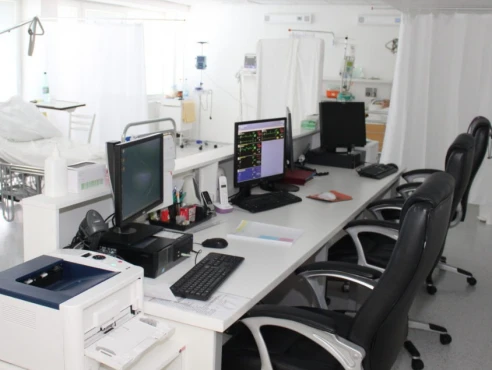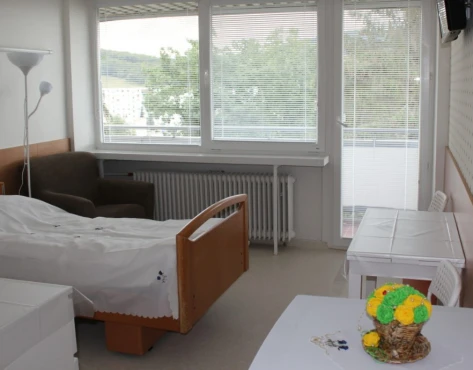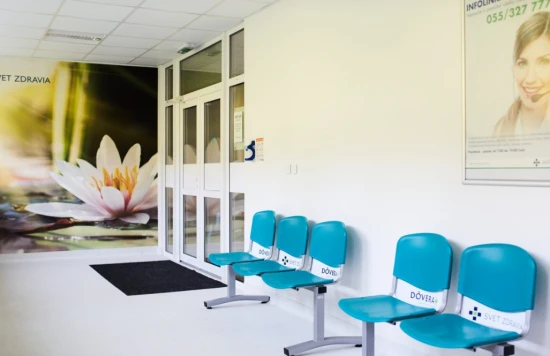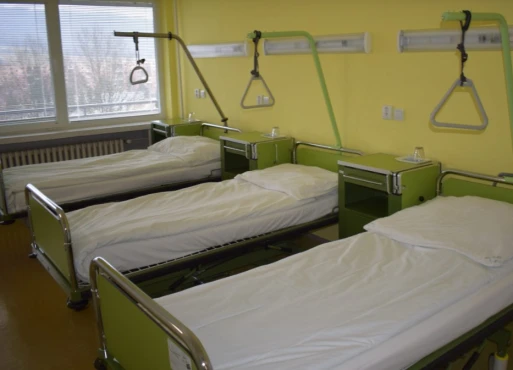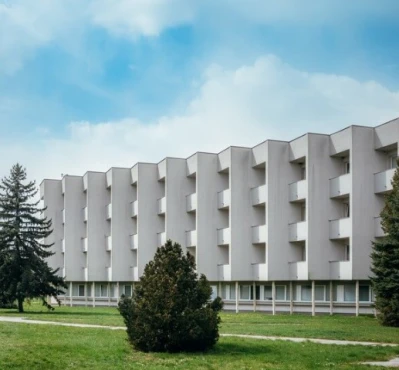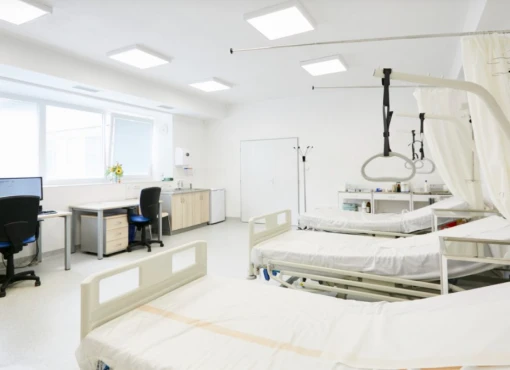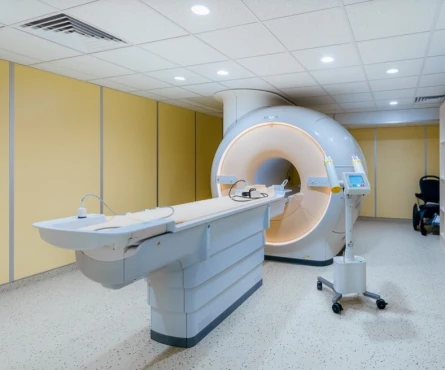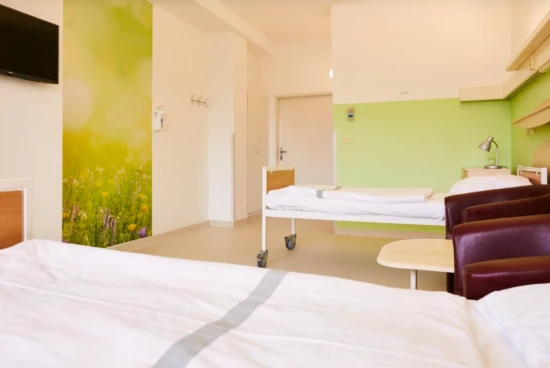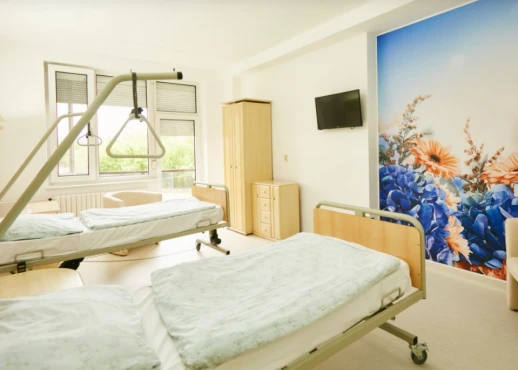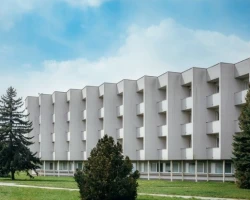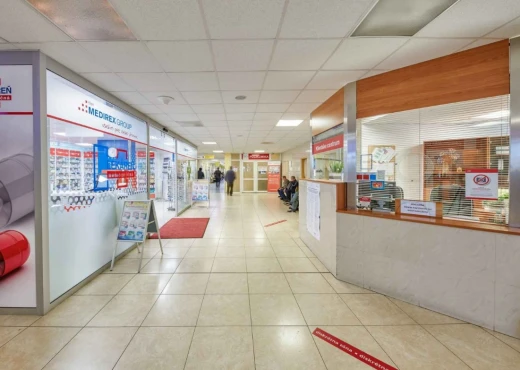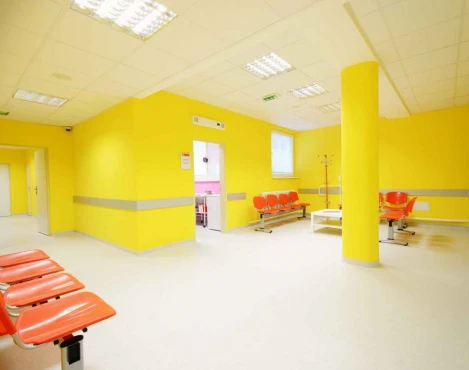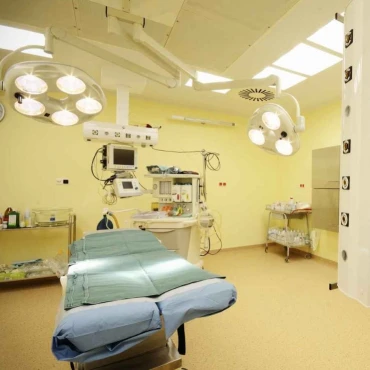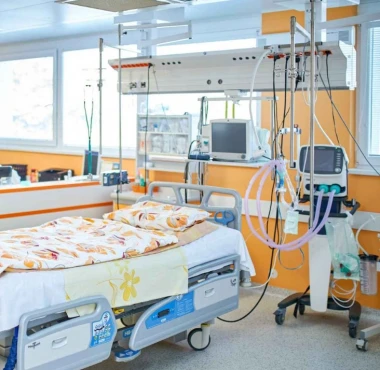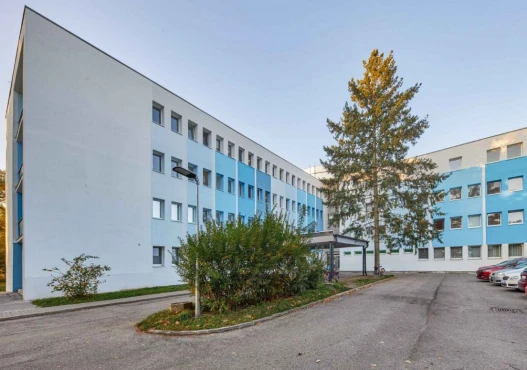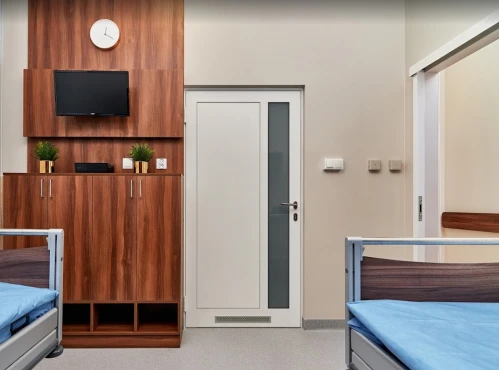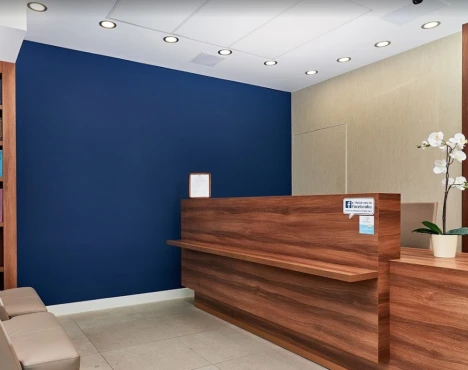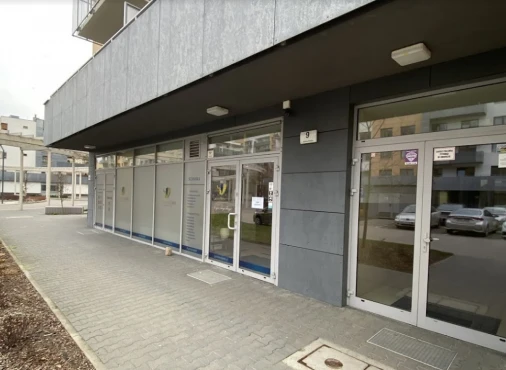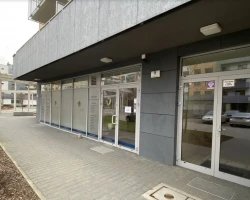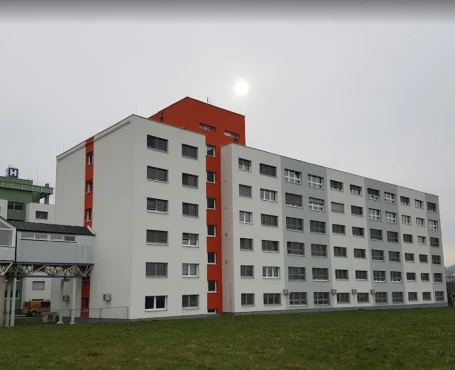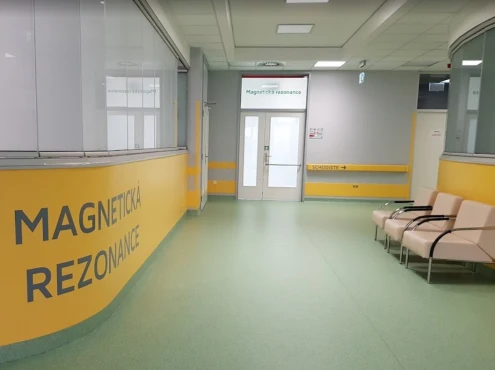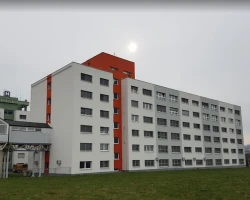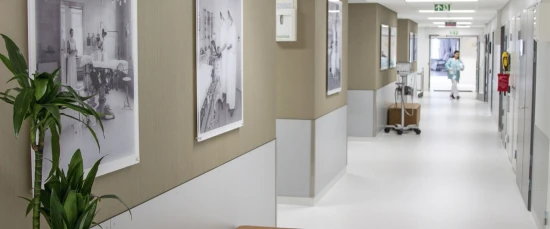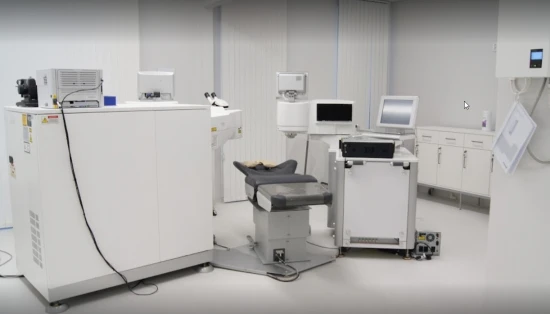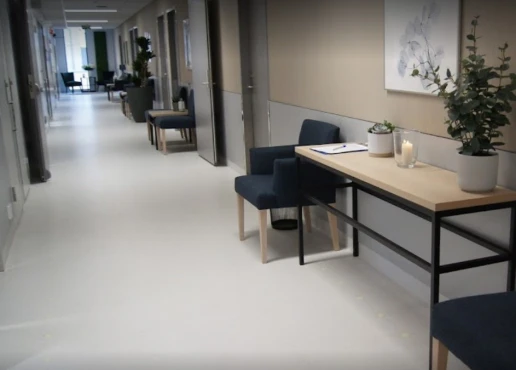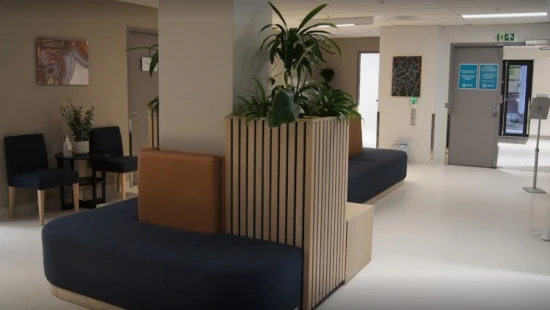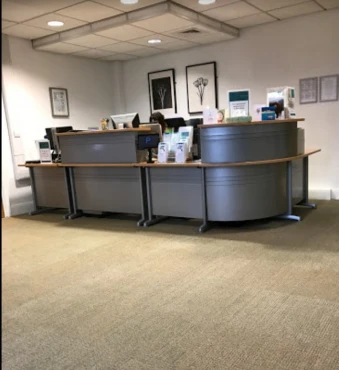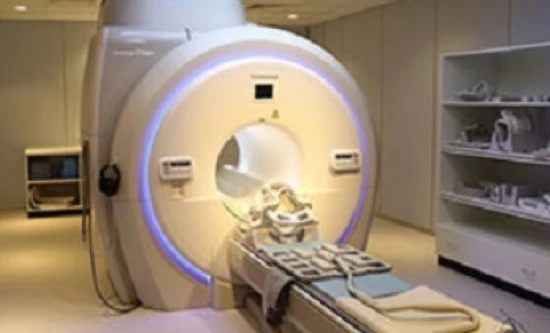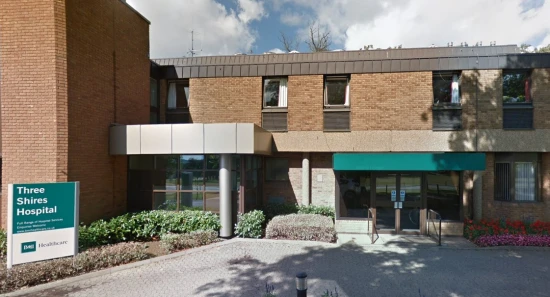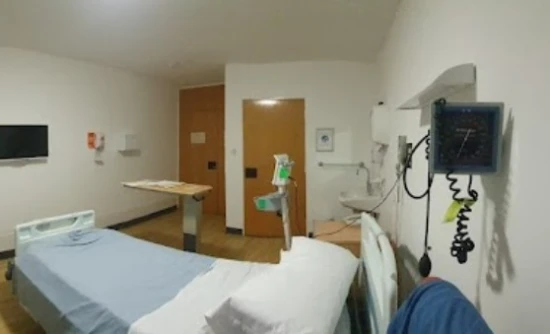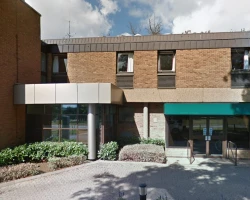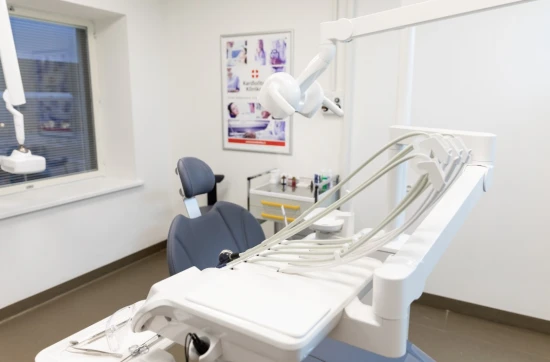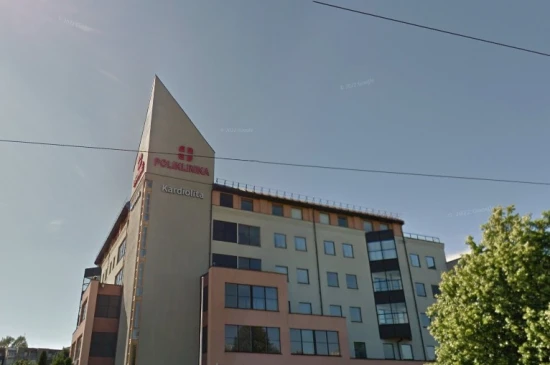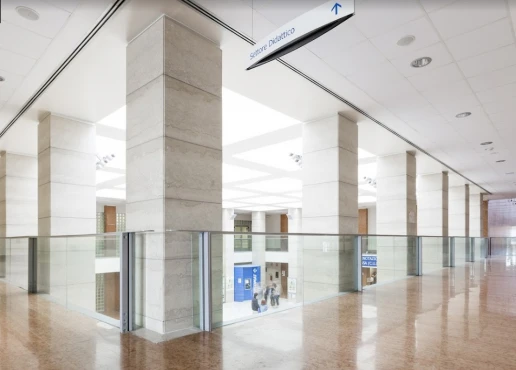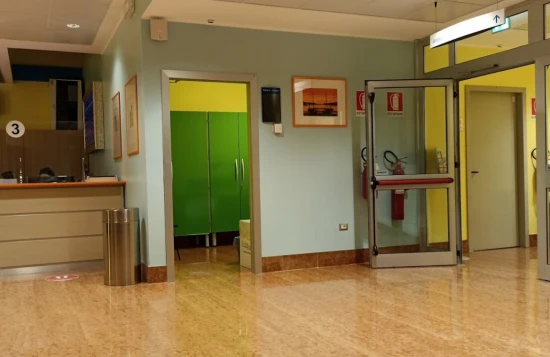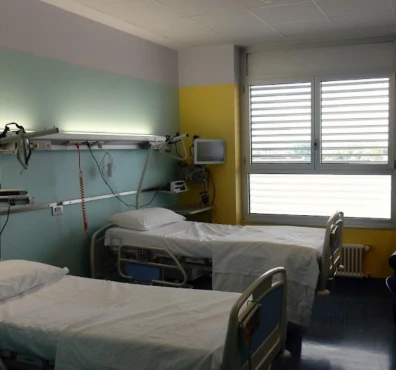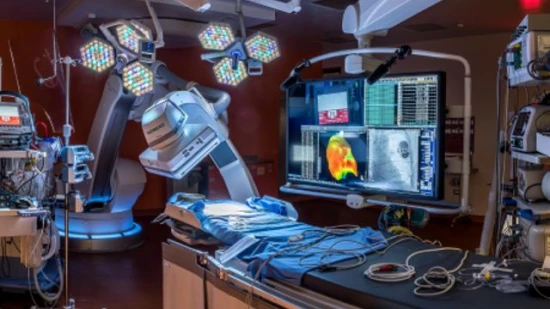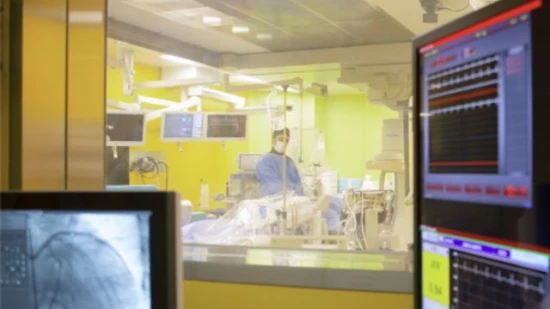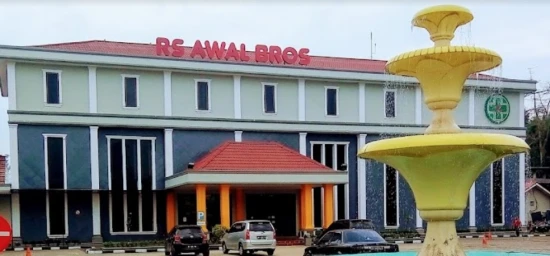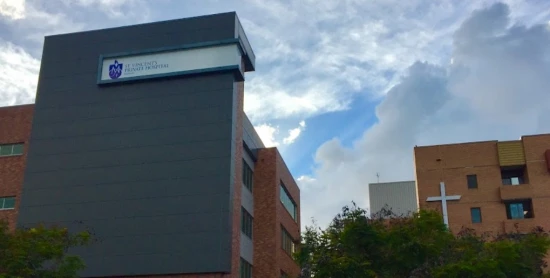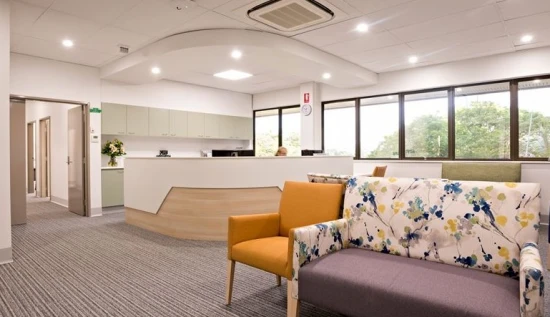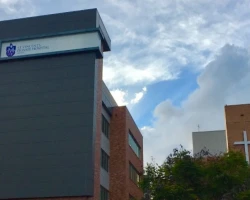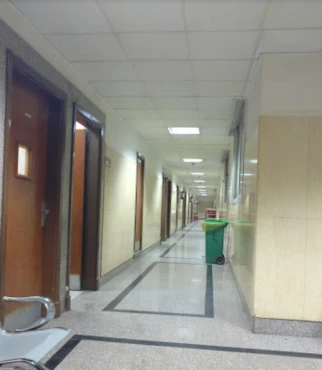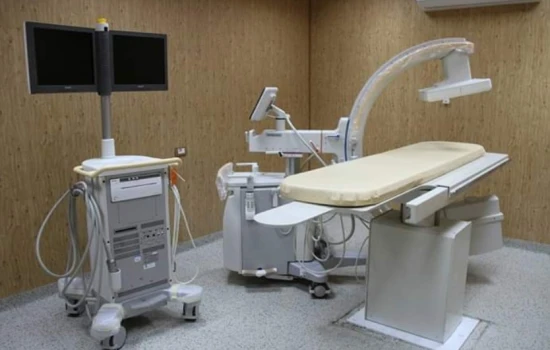Disease types & Epidemiology
How common is the disease?
Back pain is a widespread health problem, affecting around 80% of people at some point in their lives. It is one of the top causes of disability worldwide and significantly impacts individuals' quality of life and work productivity. The duration of back pain can be classified into three types:
- Acute back pain, which lasts less than 6 weeks
- Subacute back pain, which lasts between 6 to 12 weeks
- Chronic back pain, which persists for more than 12 weeks.
Research shows that lower back pain is more common than upper back or neck pain.
Back pain is most prevalent in people aged 30 to 50 years and is more common among sedentary populations. Globally, it affects approximately 540 million people, making it a leading cause of years lived with disability [NIH, 2023].
Causes & Risk factors
What is the primary issue of back pain?
Back pain can stem from a variety of causes, including muscle strain, degenerative changes, and structural problems. The common culprits are often multifaceted.
One of the primary contributors is muscle and ligament strain. Repetitive heavy lifting or sudden awkward movements can take a toll on the back, straining the muscles and spinal ligaments. This can lead to discomfort and limited mobility.
Another common cause is issues with the spinal discs, which act as cushions between the vertebrae. When these discs start to bulge or herniate, they can press on the surrounding nerves, resulting in back pain that may even radiate down the legs.
Arthritis, particularly osteoarthritis, can also affect the lower back. In some cases, this arthritic condition in the spine can progress to spinal stenosis, a narrowing of the space around the spinal cord, further exacerbating the pain.
As we age, the spine undergoes degenerative changes, and the pain often increases with time. Lastly, a sedentary lifestyle can weaken the back muscles, making them less capable of supporting the spine and increasing the risk of injury.
Other risk factors that can contribute to back pain include smoking, obesity, and a history of previous back injuries [NHS, 2024].
Clinical manifestation & Symptoms
What signs should one anticipate while suspecting back pain?
The primary symptoms of back pain can manifest in various ways. Individuals may experience dull, throbbing muscle aches in the lower or upper back. At times, the pain may feel sharp or stabbing, radiating down the legs due to nerve compression. Back pain can also significantly limit one's range of motion, making it difficult to bend, twist, or lift objects. In severe cases, the pain may be accompanied by numbness, tingling, or weakness in the legs, especially when there is nerve involvement.
Diagnostic route
When, where, and how should the back pain be detected?
Diagnosing back pain typically involves a multi-step process to uncover the underlying cause. First, healthcare providers will gather a thorough medical history, inquiring about the patient's symptoms, the duration of the pain, and any potential triggering events like injuries or heavy lifting. A comprehensive physical examination will then assess the patient's range of motion, reflexes, and muscle strength [European Spine Journal, 2018].
Next, various imaging tests may be ordered to provide more detailed information. X-rays can reveal issues with bone alignment, fractures, or signs of arthritis, though they do not show problems with the muscles, spinal discs, or nerves. More advanced imaging techniques, such as MRI or CT scans, allow healthcare providers to visualize the soft tissues, including the muscles, ligaments, and discs. These scans are particularly useful for detecting conditions like herniated discs, spinal stenosis, or tumors. In some cases, nerve studies, such as an electromyogram test, may be performed to measure the electrical activity of the muscles and identify any potential nerve-related issues.
Treatment approaches
What are the options for managing back pain?
The treatment for back pain varies depending on the underlying condition, severity, and duration of symptoms. Initial approaches tend to be conservative, but more invasive interventions may be necessary in severe cases [Zhou et al., 2024].
- Medications:
- Nonsteroidal anti-inflammatory drugs like ibuprofen and naproxen are commonly used to reduce inflammation and alleviate pain.
- Muscle relaxants may be prescribed to provide short-term relief from muscle spasms.
- In severe cases of sciatica or inflammation, steroid injections near the spinal nerves may be administered.
- Physical therapy: Physical therapy is often recommended for both acute and chronic back pain. It involves exercises to strengthen the muscles supporting the spine, improve posture, and increase flexibility.
- Alternative therapies: Techniques such as acupuncture, chiropractic care, and massage are also commonly used for pain relief, although the evidence supporting their effectiveness varies, and many patients report improvements.
- Surgical interventions: Surgery is typically considered when conservative treatments fail or when there is evidence of nerve compression causing severe pain or neurological deficits, such as weakness or numbness. Common surgical procedures include:
- Discectomy: Removing part of a herniated disc to relieve pressure on the nerve, often performed for sciatica.
- Laminectomy: Removing part of the vertebral bone to relieve pressure on the spinal cord or nerves, often used for spinal stenosis.
- Spinal fusion: Fusing two or more vertebrae together to eliminate motion and reduce pain, in cases of significant instability or severe degenerative disease.
Surgical procedures are usually reserved for individuals with structural issues that do not improve with non-surgical methods. The success rates for back surgery vary, with around 70-90% of patients experiencing significant relief from leg pain following procedures like discectomy. However, outcomes can be less favorable for chronic, non-specific lower back pain.
- Emerging therapies: New treatment methods, such as regenerative therapies including stem cell therapy and platelet-rich plasma injections, are being investigated to address degenerative disc disease and other causes of back pain. Although promising, these techniques are still under clinical evaluation.
Prognosis & Follow-up
How does cutting-edge science improve the lifespan and quality of life for those with back pain?
Acute back pain typically resolves within a few weeks to months, especially when patients prioritize proper rest and engage in physical therapy. On the other hand, chronic back pain may persist or recur, significantly impacting an individual's daily activities and overall quality of life.
For patients who undergo surgery, the outcomes are generally favorable when the procedure successfully relieves nerve compression. However, for individuals dealing with chronic, non-specific back pain, the success rates tend to be less predictable, and many patients may continue to experience residual discomfort despite undergoing treatment.
Regarding treatment outcomes, non-surgical interventions, such as physical therapy and medications, have proven to be effective in the majority of cases. Approximately 85-90% of patients with acute back pain are able to recover without requiring surgery. When it comes to surgical treatments, the success rates for procedures like discectomy or laminectomy, performed to address nerve compression, range from 70-90%. However, the outcomes for individuals with chronic back pain are often less consistent.
After undergoing treatment for back pain, follow-up care is essential. Patients receiving physical therapy or medication-based treatments typically have follow-up appointments every 4-6 weeks. This allows healthcare providers to monitor progress, assess improvements in strength, flexibility, and pain levels, and adjust the therapy as needed.
For individuals who have undergone surgery, such as discectomy or spinal fusion, regular follow-up appointments are crucial. These follow-ups, which can span up to a year after the procedure, enable healthcare providers to assess the success of the surgery and address any potential complications that may arise during the recovery process [RACGP, 2024].


